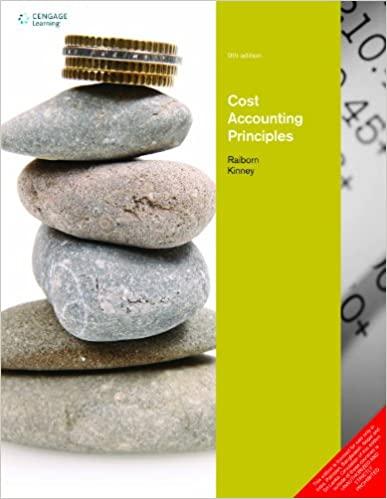QUESTIONS 1. What is the estimate of the marginal cost of the Phase 4 hospital as sum ing, as given in the case, that 60 percent of the designated costs are fixed and the remaining costs are variable? services 2. Assume that the agreed-upon price is $90,000. What is the expected profit on the contract assuming that it brings in 20 new patients? (Assume for now that no new fixed costs would be required.) 3. Now assume that the additional patients will add $200,000 in total to the Center's fixed costs. Now what is the expected profit on 20 new patients? On 40 new patients? (No new fixed costs are zequired to support the second group of 20 patients.) 4. What role do the following factors play in the decision as to whether or not to use marginal cost pricing on the new contract? a. Reimbursement amounts paid by current transplant third-party payers. b. The amount of excess capacity in the transplant unit. c. The potential reaction by current payers to a new, lower price contract. 5. What is your final recommendation regarding the base rate for Phase 4 hospital services that should be built into the contract? 6. Should you worry only about the contract's first year pricing, or should you develop a long-term pricing strategy for ec? what aze some possible features of a long-term pricing strategy? Center does not suffer large losses on outliers (patients with unusually high costs). (Hint: Cost outliers are identified by having costs that exceed a specified threshold. Then, in addition to the standard payment, the provider is reimbursement for some percentage of the costs above the threshold. For this question, you must choose a cost threshold and outlier payment percentage.) 7. Briefly describe how outlier payments might be handled to ensure that the QUESTIONS 1. What is the estimate of the marginal cost of the Phase 4 hospital as sum ing, as given in the case, that 60 percent of the designated costs are fixed and the remaining costs are variable? services 2. Assume that the agreed-upon price is $90,000. What is the expected profit on the contract assuming that it brings in 20 new patients? (Assume for now that no new fixed costs would be required.) 3. Now assume that the additional patients will add $200,000 in total to the Center's fixed costs. Now what is the expected profit on 20 new patients? On 40 new patients? (No new fixed costs are zequired to support the second group of 20 patients.) 4. What role do the following factors play in the decision as to whether or not to use marginal cost pricing on the new contract? a. Reimbursement amounts paid by current transplant third-party payers. b. The amount of excess capacity in the transplant unit. c. The potential reaction by current payers to a new, lower price contract. 5. What is your final recommendation regarding the base rate for Phase 4 hospital services that should be built into the contract? 6. Should you worry only about the contract's first year pricing, or should you develop a long-term pricing strategy for ec? what aze some possible features of a long-term pricing strategy? Center does not suffer large losses on outliers (patients with unusually high costs). (Hint: Cost outliers are identified by having costs that exceed a specified threshold. Then, in addition to the standard payment, the provider is reimbursement for some percentage of the costs above the threshold. For this question, you must choose a cost threshold and outlier payment percentage.) 7. Briefly describe how outlier payments might be handled to ensure that the








